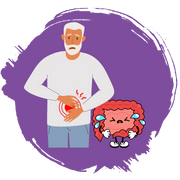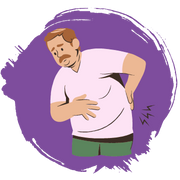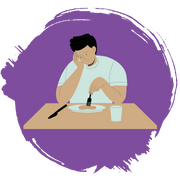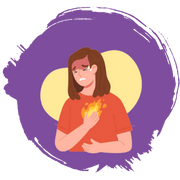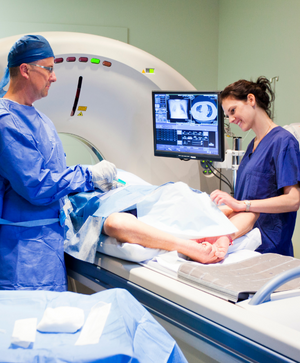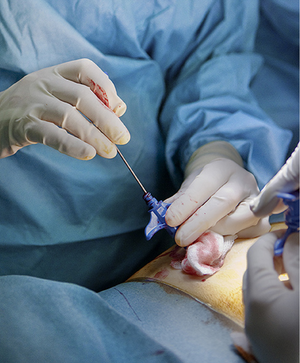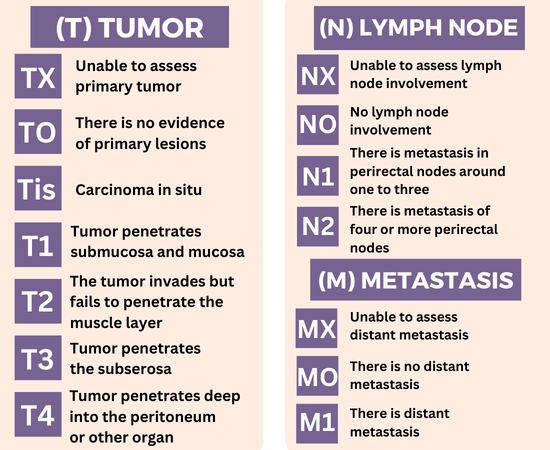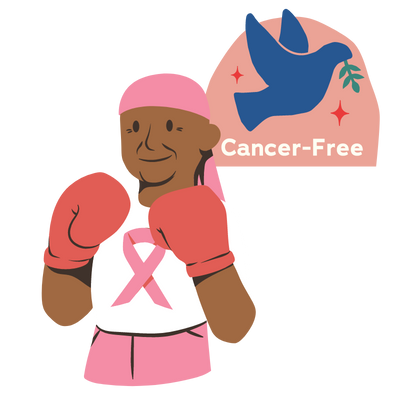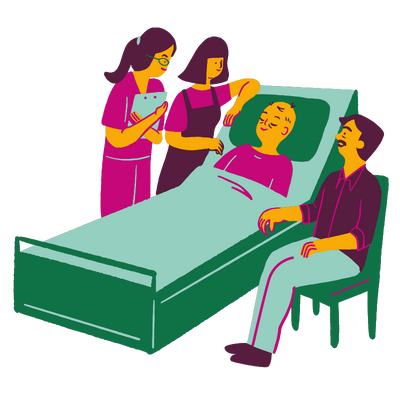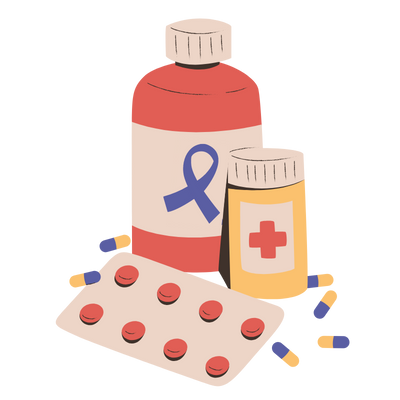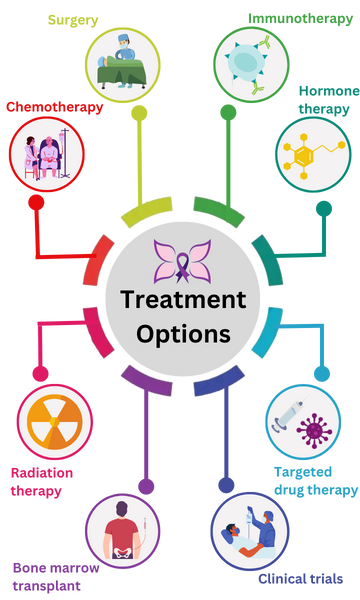About World Cancer Day
World Cancer Day, held on February 4th, is a global unifying initiative led by the Union for International Cancer Control (UICC). It was started on the common foundation that the entire world should unite together in the fight against the global cancer epidemic. UICC is working to reimagine a world in which millions of preventable cancer deaths are avoided and everyone has equal access to life-saving cancer treatment and care, regardless of who they are or where they live.
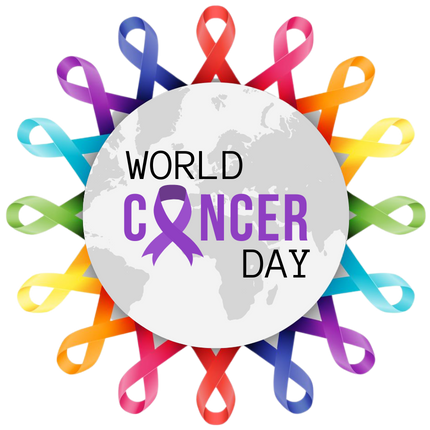
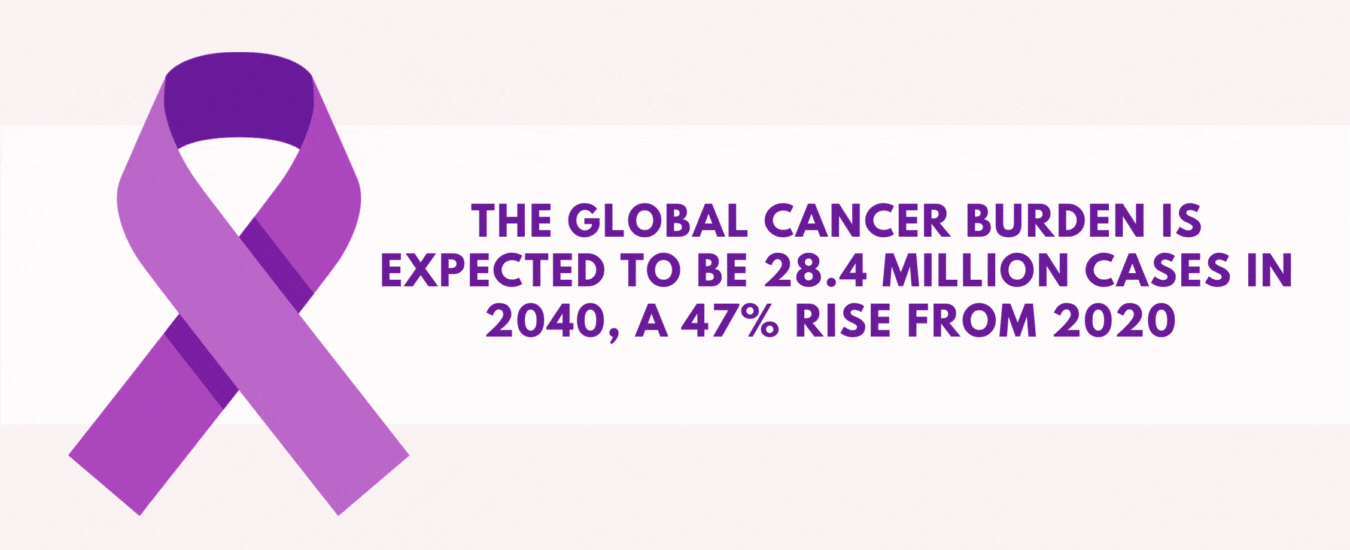
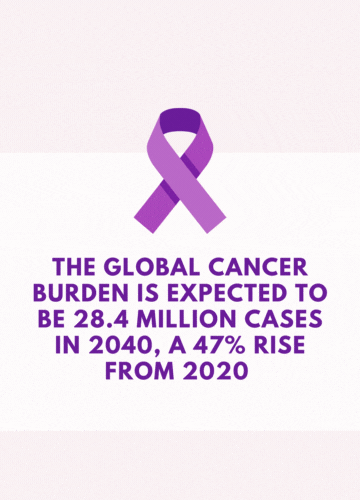


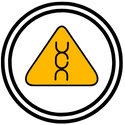
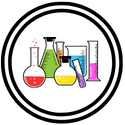
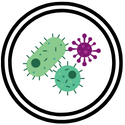
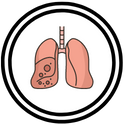
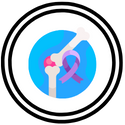
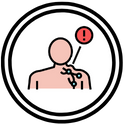
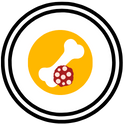
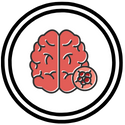
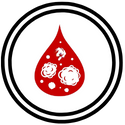
 According to World Health Organization (WHO) estimates for 2019, cancer is the first or second leading cause of death before the age of 70 in 112 of 183 countries and ranks third or fourth in another 23.
According to World Health Organization (WHO) estimates for 2019, cancer is the first or second leading cause of death before the age of 70 in 112 of 183 countries and ranks third or fourth in another 23.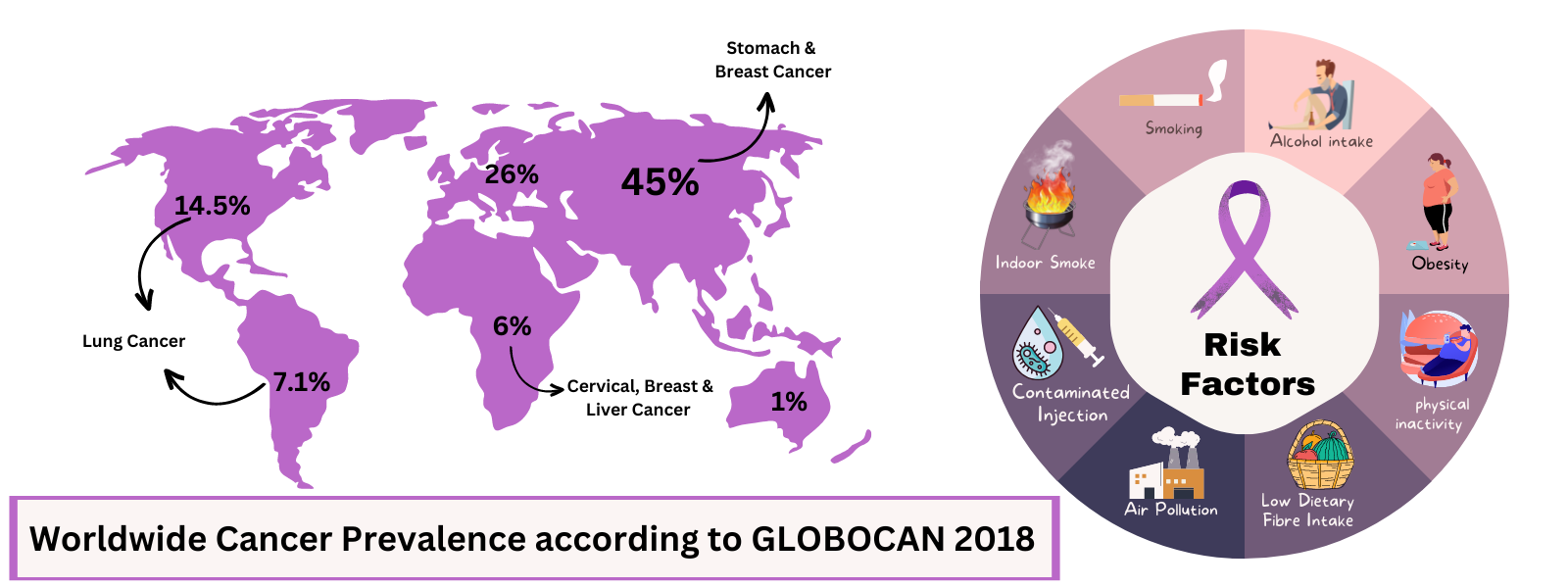
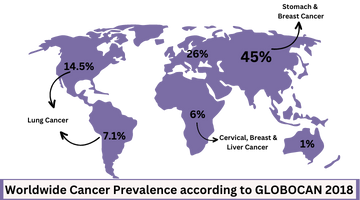
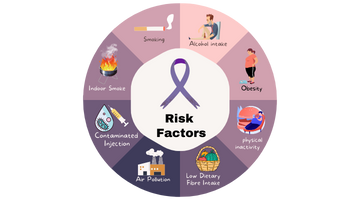
 Cancer is an important public health problem with 8 to 9 lakh cases occurring every year.
Cancer is an important public health problem with 8 to 9 lakh cases occurring every year.


